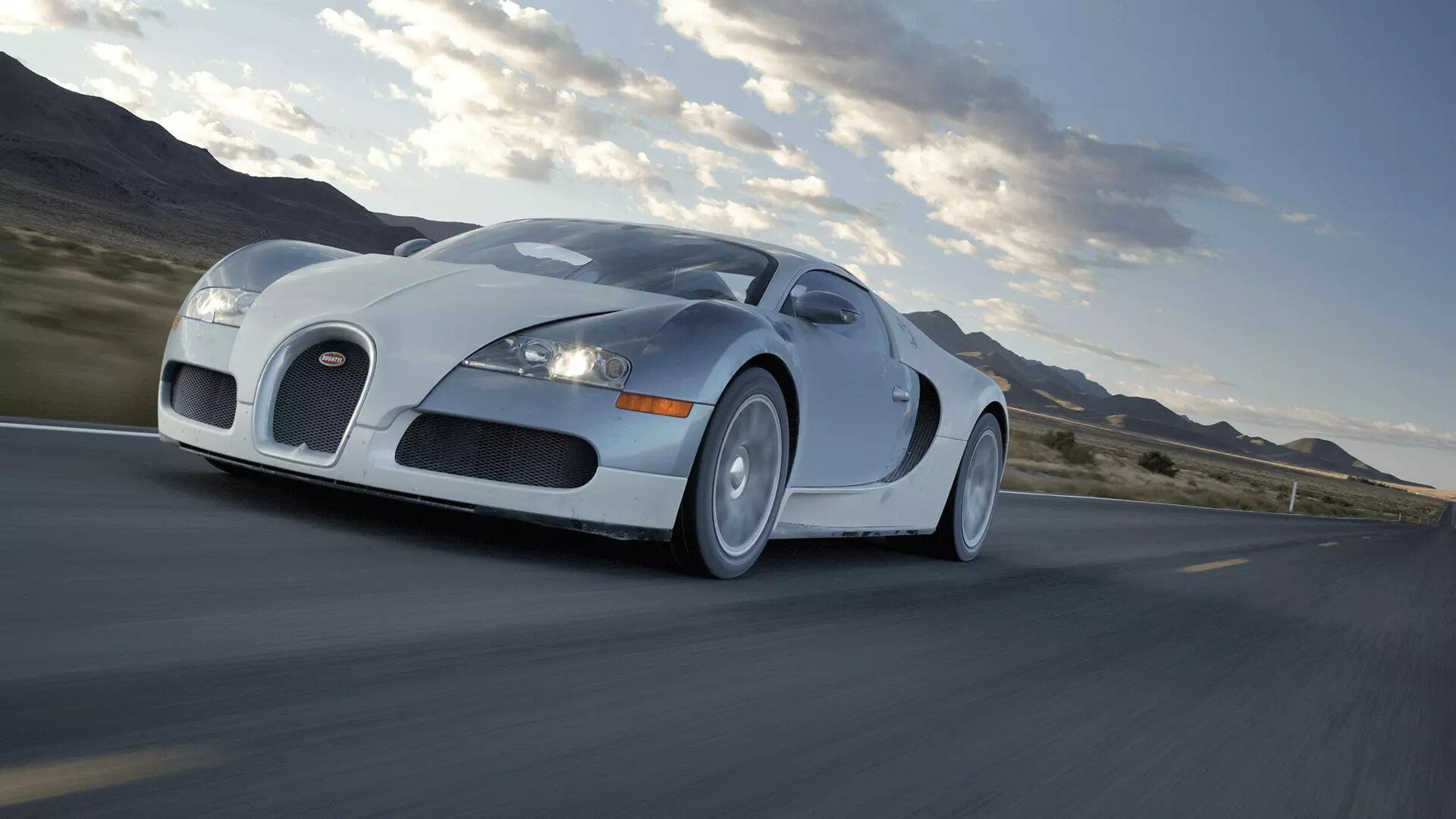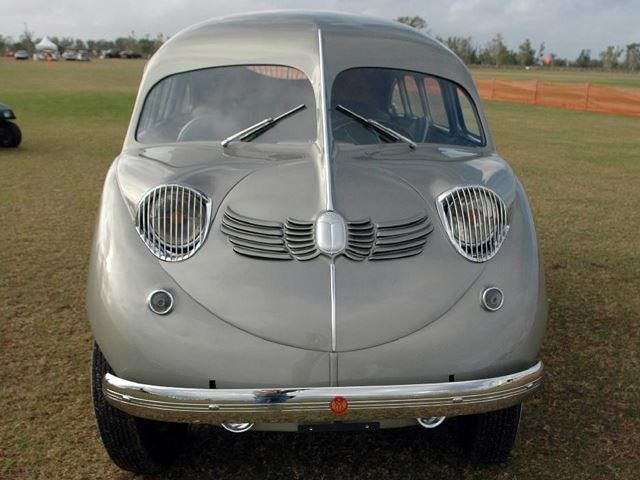
The Stout Scarab is in this series more for its design than its technology. Stout did introduce some seriously innovative technology with the Scarab, but this was to be enthusiastically embraced by the automotive world. It was in its role as the world's first production minivan that the Scarab was a dud, and it would be decades before the design was tried again in earnest. Considered strange-looking and unnecessary in the years before the Baby Boom, the Scarab was far ahead of its time.
Stout Engineering Laboratories was founded by William Bushnell Stout, an accomplished engineer in the field of both automobiles and aircraft, and to top it off, a poet. He had worked as Chief Engineer for Scripps-Booth, General Sales Manager for Packard and later as Chief Engineer for Packard's aircraft division. He would go on to design the famous Ford Trimotor airplane, and in 1925 founded Stout Air Services, the first regularly scheduled airline in America, later sold to United Airlines. It was in 1936 that he would build the first (and only) car to wear the Stout badge. This car was the Stout Scarab, and just from a glance, Stout's aeronautical background is obvious.
The styling was the work of Dutch designer John Tjaarda, the man who designed the beautiful and (for the time) very modern-looking 1936 Lincoln-Zypher. At the time, it was considered ugly, or at least strange, but this belief is no longer quite as popularly held. The rear grillework in particular is one of the finer examples of Art Deco automotive design in existence. The form also contained much that was revolutionary for its time. The windows that were flush with the bodywork were an automotive first, and a large and important step forward in the area of aerodynamics.
The engine, a Ford Flathead V8, wasn't especially revolutionary, but its placement at the back in order to maximize interior space wasn't exactly the norm for the day. And on the subject of the interior, it is absolutely gorgeous, a sea of high-quality wood and leather to rival the best luxury marques. The body was a unitary construction, made mostly of aluminum but also containing parts that were steel and titanium, one of the first uses of the material outside of a laboratory. This incredibly lightweight construction and flat floor in the passenger compartment were groundbreaking in the field of automotive packaging.
But the Scarab was never a hit, and even calling it a "production" vehicle is being a bit generous. Only nine were ever produced, all for terrifyingly high prices and on a made-to-order basis. Production, such as it was, shut down in 1938, but one attempt was made to revive the Scarab after WWII. In 1946, an updated prototype Scarab was built with the idea of possibly selling the design to another carmaker. This car was the first ever to feature a fiberglass body, air suspension or electric push-button locking doors. When it was realized that this vehicle would cost an estimated $10,000 (about $100,000 today), and that nobody was going to pay this for a minivan, the project was scrapped.
The technology of the Scarab actually took off pretty quickly, but the revolutionary design elements took a bit longer to get off the ground. The most obvious and direct descendant of the Scarab was the VW Type 2 Microbus. With the same rear-mounted engine and flat floor, the Microbus incorporated so many of the Scarab's design elements that it's almost hard to believe it took nearly 20 years to bring the idea back from the dead. One could also argue that VW's use of the name Beetle was a concept borrowed and tweaked from the Scarab, a type of beetle. But some of the Scarab's ideas aren't quite so obvious, and would take a bit longer to introduce.
For example, the engine was mounted on top of the rear axle with the flywheel facing forward, backwards from nearly every other car ever made at the time. It wasn't until the debut of the Lamborghini Countach that this layout was seen again. The middle row of seats could also pivot 180 degrees, which doesn't sound like much, but it was a feature which would eventually be reintroduced by Chrysler as "Swivel-n-Go" seating. Given how much ground the Scarab would eventually be shown to have broken, today it seems odd that it failed so spectacularly when it first launched.

